For a variety of construction needs, wire mesh can be an invaluable resource. Although it is often utilized for concrete reinforcement, wire mesh can also be used for functions including fencing, screening, and reinforcing walls and ceilings.
As an indispensable structural support in the construction industry, wire mesh is commonly sandwiched between layers of concrete to ensure steadfast reinforcement. This protective barrier wards against the spreading of fracturing and aids in maintaining stability. Its use is paramount when constructing imposing edifices such as buildings, bridges, and dams – where reliable support is absolutely vital.
From small squares to larger rectangles, wire mesh is available in a selection of sizes and geometries. The most usual type is composed of wires which have been connected at right angles, whereas rectangular varieties incorporate an inclination to the angle between connecting threads. The various meshes are created by binding or welding the wires together.
Wire mesh comes in a range of sizes, spanning from a 2-inch (5-cm) gap between the wires to a 6-inch (15-cm) gap between the wires. Depending on your need, you can choose a wire mesh with the required spacing between the wires.
Before pouring the concrete, it is critical to install the wire mesh evenly atop the formwork, double-checking that there are no chasms between the individual strands. Once in place, the concrete should be carefully flowed over the mesh before being left to grow solid.
Following the concrete’s transition to its solid state, the wire mesh will be secreted within it in an undetectable way.
Durable and flexible, wire mesh is paramount in the world of construction, employed for reinforcing concrete as well as for barriers, covers, and stabilizing walls and ceilings. This all-purpose material has come to be a staple in a range of projects, from new constructions to restoration jobs.
Related Product
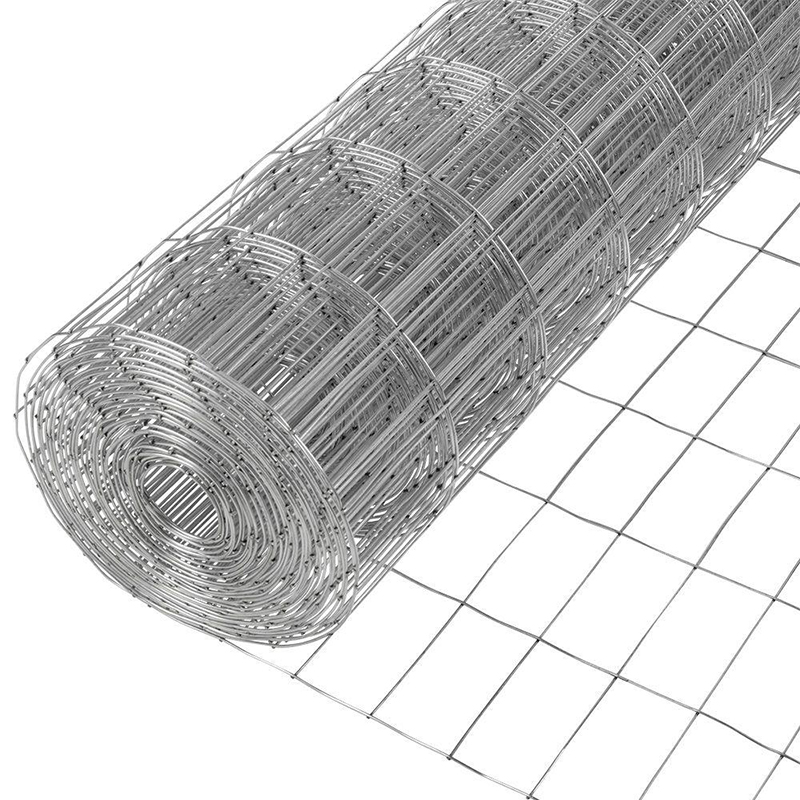
Welded Wire Mesh
Welded wire mesh is one popular materials in concrete, construction and industry. It is made of low carbon steel wire, stainless steel wire after welding and surface treating. Weld […]
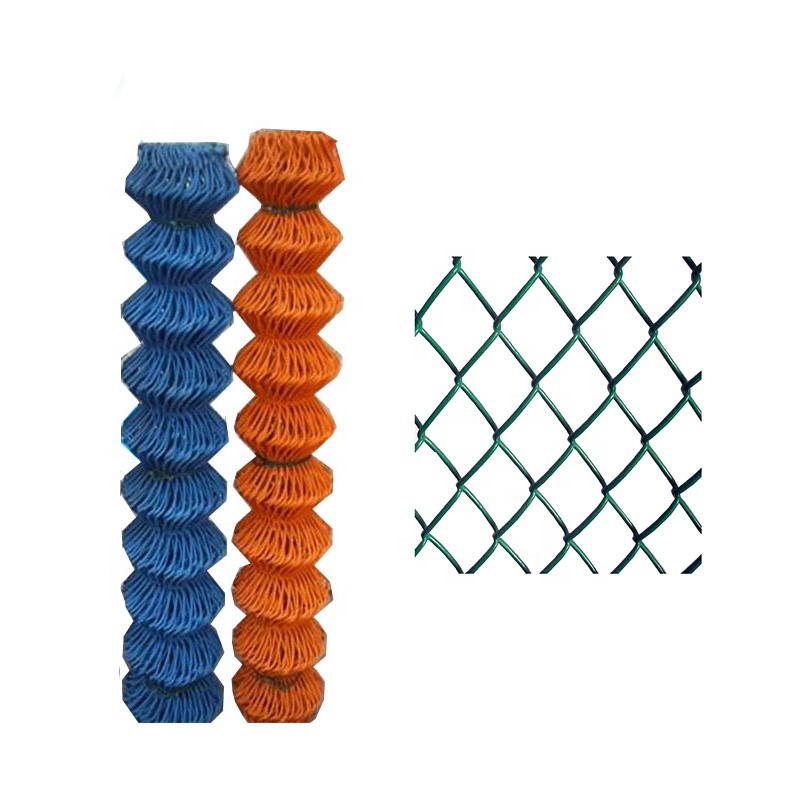
Chain Link Fence
Product information: Specification: Galvanized chain link fence Mesh Wire gauge Width Length 1″ BWG11,12,13,14 0.5-4m 0.5-25m 1-1/2″ BWG8,9,10,11,12,13 0.5-4m 0.5-25m 2 […]
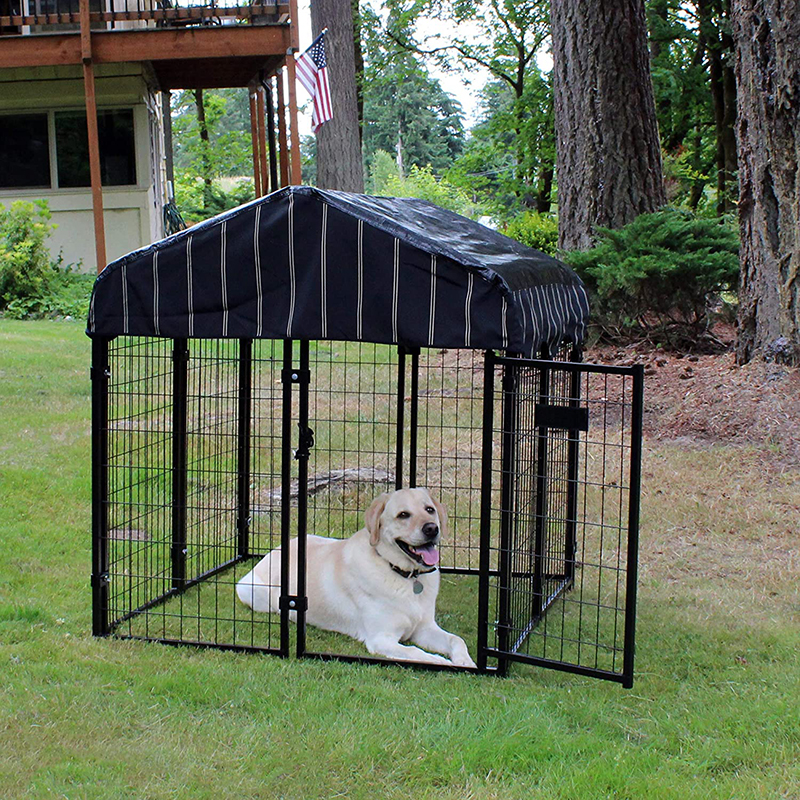
Dog Cage
Factory wholesale large metal multi functional dog cage kennel outdoor About the dog cage: * SAFE FOR DOGS – Our welded wire kennel offers safe protection for dogs of all siz […]
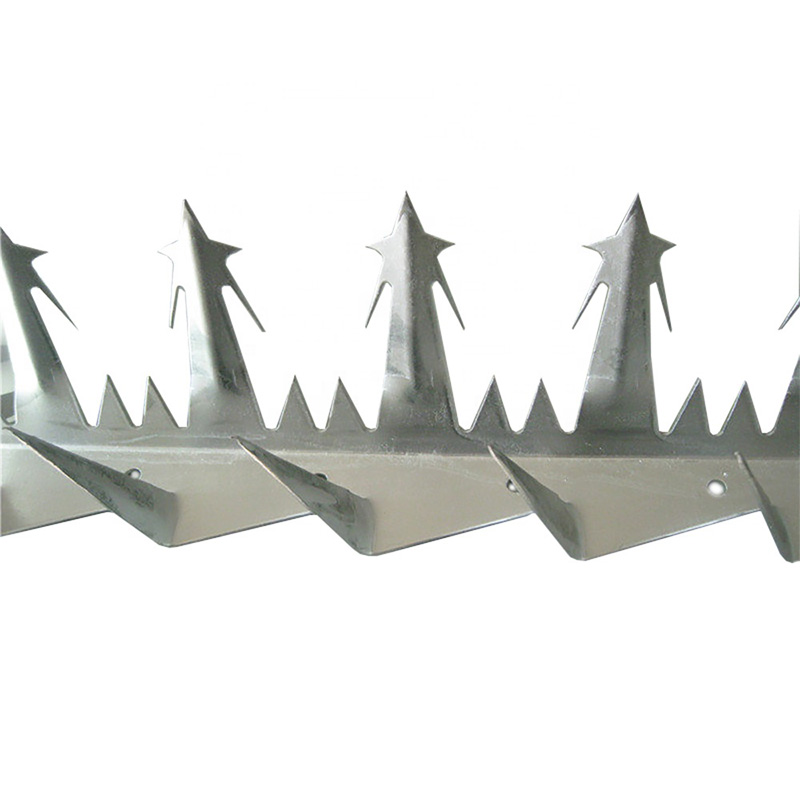
Anti Climb Wall Spikes
Product information: Big Sized Wall Spike Specification Type Big Sized Wall Spike A Big Sized Wall Spike B Model Number Anti-Climb wall Spikes Material HOT DIPPED GALVANIZED STAINL […]
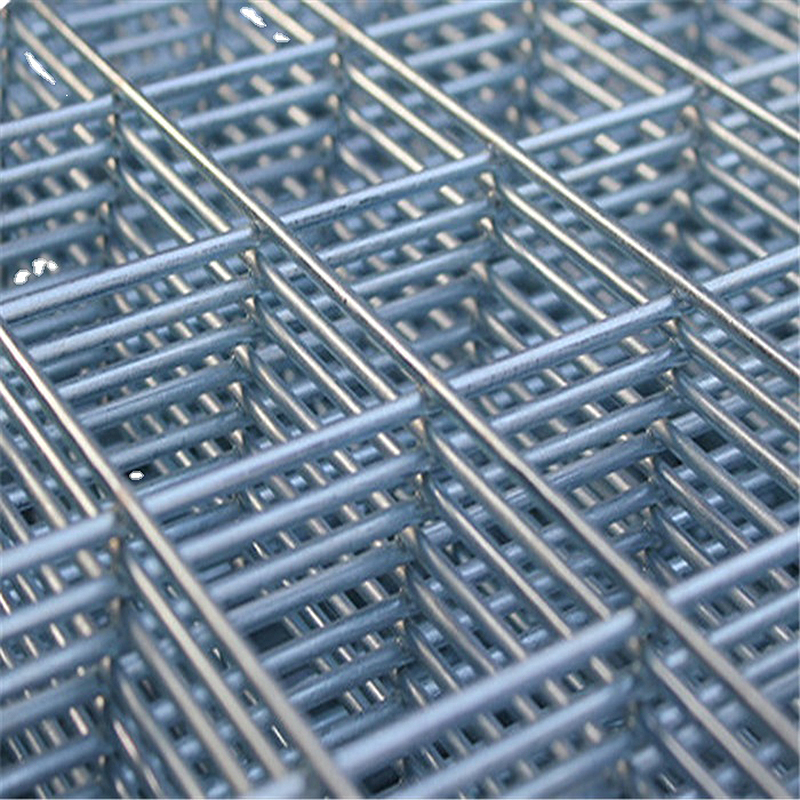
Welded Wire Mesh Panels
Product information: 1.Materials:Stainless steel wire, Low carbon steel wire, Galvanized wire 2.Style: (1)Electro or Hot dipped galvanized after or before welding; (2)Stainless ste […]
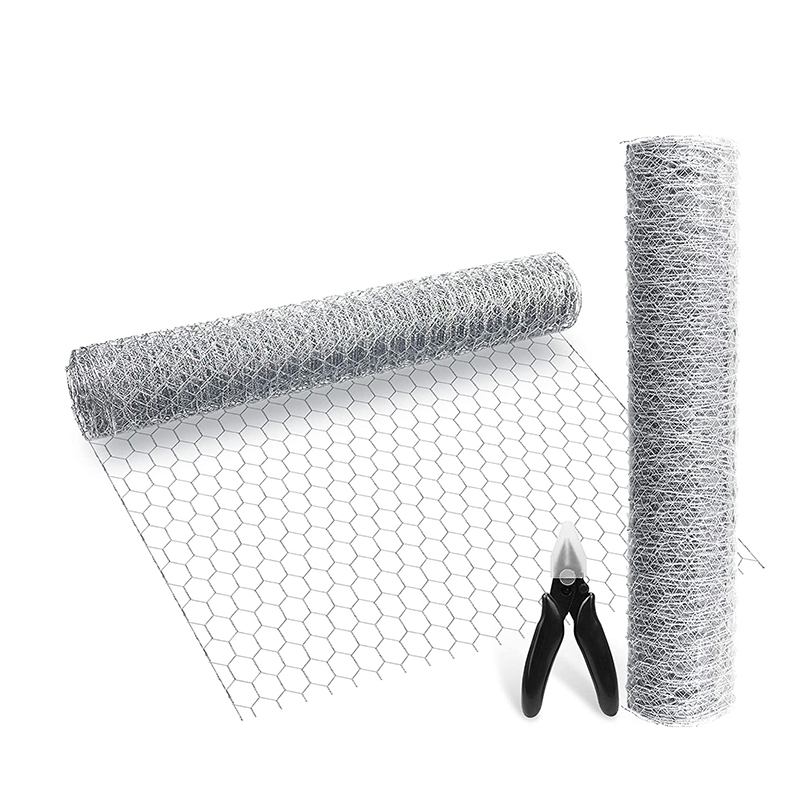
Hexagonal Wire Mesh
Product information: PVC Coated Hexagonal Wire Netting Mesh Wire Gauge (MM) Width Inch MM – – 1/2″ 13mm 0.6mm – 1.0mm 2′ – 2M 3/4″ 19mm 0. […]
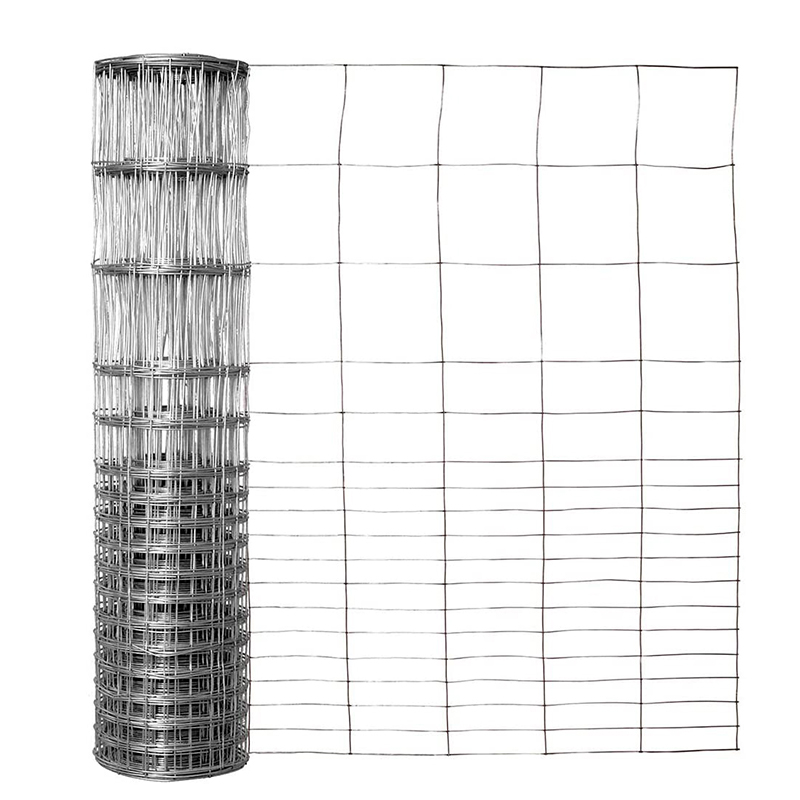
Hot Dip Galvanized Steel Field Fence
Product information: Field Fence also called Grassland Fence,Cattle Fence,Kraal Network Fence,Farm Fence is a widely used in America and Europe.Field fence is manufactured in a wid […]
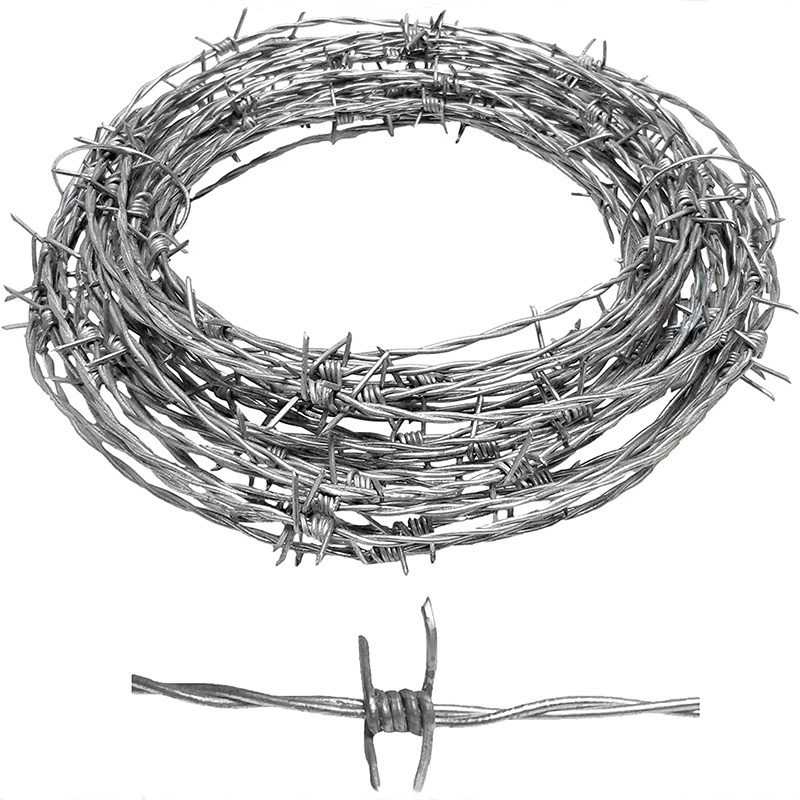
Barbed Wire
Product Information: Barbed Wire Material High quality low carbon steel wire, iron wire, etc. Category 1.Hot dipped galvanized 2.Electric galvanized 3.PVC coated Weving and Charact […]
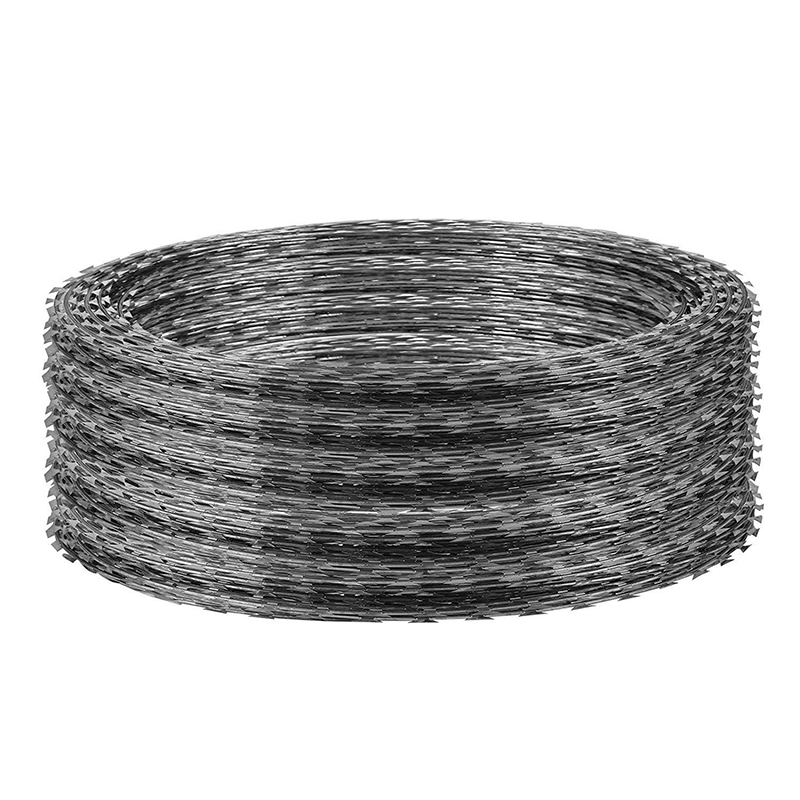
Razor Wire
Product information: Concertina Razor Wire is widely used for construction of high security fencing projects in military and national defence. We export directly and supply Razor W […]
Post time:2023-06-29

